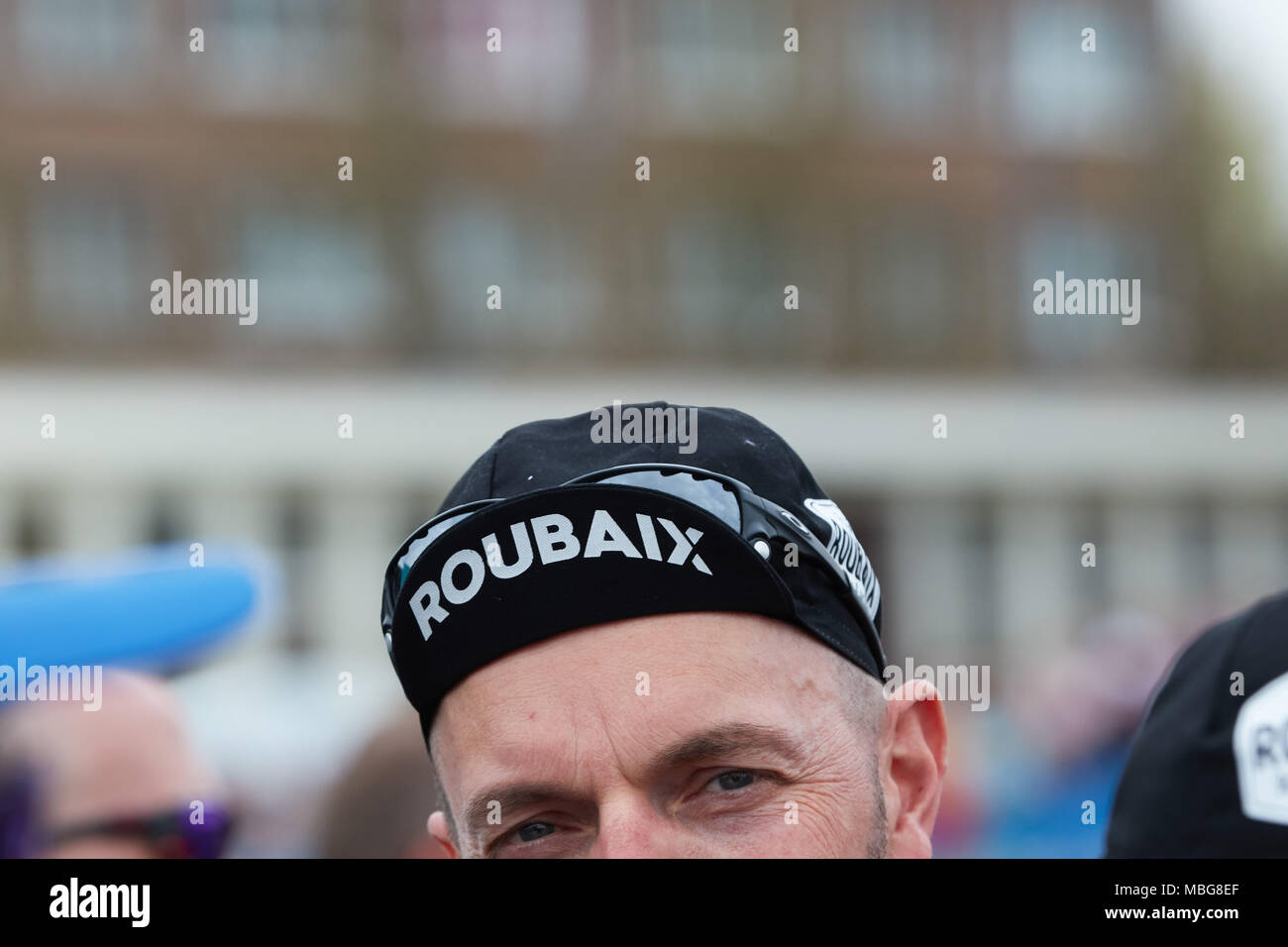The Hells Angels: A Comprehensive Overview

Table of Contents
History and Origins of the Hells Angels
Early Years and Founding
The Hells Angels Motorcycle Club officially emerged in 1948 in Fontana, California. Founded by a group of World War II veterans, including Arvid Olson, the club initially embodied the post-war spirit of rebellion and freedom. These early years were marked by a strong emphasis on motorcycle riding and camaraderie, reflecting the broader biker culture that was burgeoning at the time.
- Founding Members: Arvid Olson and other veterans from the San Bernardino area.
- Initial Clubhouses: Initially operating from various locations in Southern California.
- Early Activities: Motorcycle racing, bar fights, and the celebration of a counter-cultural identity.
- Connection to Post-War Societal Shifts: The club's formation reflects a societal shift towards individualism and defiance of authority in the post-war era.
Expansion and Growth
From their humble beginnings in California, the Hells Angels rapidly expanded across the United States and into other countries. The club's hierarchical structure and expansionist drive facilitated its growth, establishing chapters in major cities and creating a global network.
- Key Periods of Expansion: The 1950s, 60s, and 70s saw significant expansion across America and later into Europe, Australia, and beyond.
- Geographical Spread: Chapters established in major cities across numerous countries.
- Establishment of International Chapters: The club's international presence signifies its global reach and influence.
- Internal Structure and Hierarchy: A rigidly defined structure, with clear lines of authority and responsibility.
Evolution of the Hells Angels' Image
Over time, the Hells Angels' public image has undergone a dramatic transformation. Initially portrayed as rebellious but largely harmless bikers, they increasingly became associated with violence and criminal activity. Media portrayals, often sensationalized, played a significant role in shaping public perception.
- Changes in Biker Culture: The evolution of biker culture itself contributed to the Angels’ shifting image.
- Media Representations (Positive and Negative): Media coverage ranged from romanticized portrayals in early films to negative depictions in news reports.
- Impact of Law Enforcement Crackdowns: Increased law enforcement scrutiny and resulting convictions further solidified the negative perception.
Organization and Structure of the Hells Angels
Hierarchy and Leadership
The Hells Angels operate under a strict hierarchical structure. The club's leadership is pyramidal, with a "President" at the top, followed by Vice Presidents, Sergeant-at-Arms, and other officers. This hierarchical structure ensures control and order within the organization.
- Chain of Command: A clear and well-defined chain of command ensures efficient communication and control.
- Decision-Making Processes: Decisions are made at various levels, depending on the issue's significance.
- Roles and Responsibilities of Each Position: Each position within the hierarchy has specific duties and responsibilities.
Chapters and Territories
The Hells Angels are organized into chapters, each controlling a specific geographical territory. These chapters function semi-autonomously but remain bound by the overall club structure. Territorial disputes between chapters have occasionally resulted in violence.
- Chapter Autonomy: Chapters enjoy a degree of autonomy in their operations.
- Inter-Chapter Relationships: Relationships between chapters can range from cooperative to competitive.
- Disputes over Territory: Territorial disputes have been a source of conflict and violence within the club.
- The Concept of "Mother Chapters": Certain chapters hold more prestige and influence than others.
Rules and Rituals
The Hells Angels maintain a strict code of conduct and have specific initiation rites for new members. The iconic "Death Head" logo, a skull with wings, is a prominent symbol of the club.
- Membership Requirements: Strict requirements for membership ensure loyalty and commitment.
- Initiation Rites: The initiation process often involves proving one's loyalty and commitment to the club.
- Codes of Conduct: Members are expected to adhere to a strict code of conduct that emphasizes loyalty and secrecy.
- Significance of the "Death Head" Logo: The logo is a powerful symbol of the club's identity and defiance.
Criminal Activities and Law Enforcement
Allegations of Criminal Involvement
The Hells Angels have faced numerous allegations of criminal involvement, including drug trafficking, extortion, and violence. These accusations are supported by numerous investigations and court cases over the decades. The club has been linked to large-scale drug operations and other illegal activities.
- Specific Instances of Criminal Activity: Numerous court cases document the club’s involvement in criminal activity.
- Legal Battles: The club has faced numerous legal battles over the years.
- Successful Prosecutions: Law enforcement agencies have successfully prosecuted numerous Hells Angels members.
- Ongoing Investigations: Investigations into the club's activities continue to this day.
Law Enforcement Strategies
Law enforcement agencies have employed various strategies to combat the Hells Angels' criminal activities. These strategies include infiltration, undercover operations, and using legislation such as the RICO Act to dismantle the organization.
- Infiltration Tactics: Undercover agents have infiltrated the organization to gather evidence.
- RICO Act Prosecutions: The RICO Act (Racketeer Influenced and Corrupt Organizations Act) has been used to target the club's leadership.
- International Collaborations: International cooperation between law enforcement agencies is crucial to combating the club's global reach.
- Difficulties in Gathering Evidence: The club's secretive nature and use of violence make gathering evidence challenging.
Culture and Lifestyle of the Hells Angels
Motorcycle Culture and Symbolism
Motorcycles are central to the Hells Angels' identity and culture. Custom-built machines and elaborate rallies serve as significant elements of their lifestyle.
- Types of Motorcycles Favored: Specific motorcycle makes and models are favored by the club.
- Custom Modifications: Members often heavily customize their motorcycles.
- Biker Rallies and Events: Rallies and events play a crucial role in club identity and unity.
- Symbolic Significance of Clothing and Tattoos: Clothing and tattoos carry significant symbolism within the club.
Brotherhood and Loyalty
A strong emphasis on brotherhood, loyalty, and camaraderie defines the Hells Angels culture. This sense of belonging fosters a strong bond between members.
- Importance of Membership: Membership is highly valued and comes with significant responsibilities.
- Internal Support Systems: Members often support one another in various aspects of life.
- Codes of Conduct Regarding Members: Strict codes of conduct govern interactions between members.
- Potential Consequences of Betrayal: Betrayal is severely punished within the club.
Conclusion
The Hells Angels Motorcycle Club represents a complex and controversial organization with a long and often violent history. Their hierarchical structure, territorial control, and alleged criminal activities continue to fuel public fascination and debate. Understanding the Hells Angels requires acknowledging the multifaceted nature of their existence – a blend of biker culture, brotherhood, and alleged criminal enterprise. To further understand this complex and controversial organization, continue exploring the history and activities of the Hells Angels Motorcycle Club, delving deeper into Hells Angels history and the ongoing Hells Angels controversies.

Featured Posts
-
 Paris Roubaix 2024 Van Der Poel Achieves Unprecedented Hat Trick
May 26, 2025
Paris Roubaix 2024 Van Der Poel Achieves Unprecedented Hat Trick
May 26, 2025 -
 Decouvrez Le Jeu De Management Cycliste Rtbf Tour De France
May 26, 2025
Decouvrez Le Jeu De Management Cycliste Rtbf Tour De France
May 26, 2025 -
 Paris Roubaix Bottle Throwing Spectator Turns Himself In
May 26, 2025
Paris Roubaix Bottle Throwing Spectator Turns Himself In
May 26, 2025 -
 Alex De Minaurs Madrid Open Loss Iga Swiatek Triumphs
May 26, 2025
Alex De Minaurs Madrid Open Loss Iga Swiatek Triumphs
May 26, 2025 -
 Queen Wens Parisian Return A New Chapter
May 26, 2025
Queen Wens Parisian Return A New Chapter
May 26, 2025
